当前城市:淄博[切换]
- 手机雅思无忧

扫码登录
雅思考试主要是通过对考生听、说、读、写四个方面英语能力的考核,综合测评考生的英语沟通运用能力,实现“沟通为本”的考试理念。对于雅思考生来说,也有很多考试难点和政策盲区需要帮助解答。今天雅思无忧网小编准备了文章雅思阅读题源New Scientist的文章,希望通过文章来解决雅思考生这方面的疑难问题,敬请关注。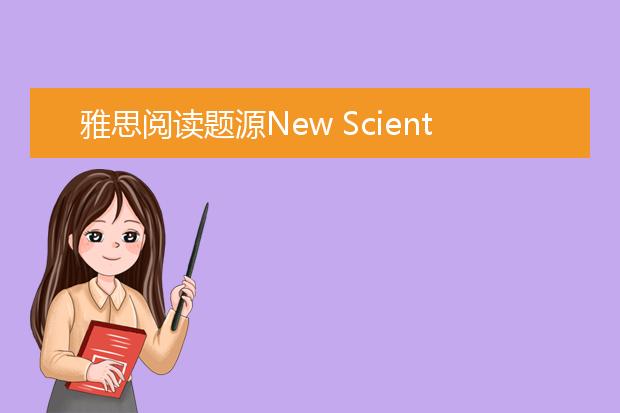
雅思阅读题源New Scientist: Stone tools helped shape human hands 之注释:
以上就是雅思无忧网为您准备的访问雅思无忧网(https://www.yasi.cn/),了解更多雅思考试新消息,新动态。
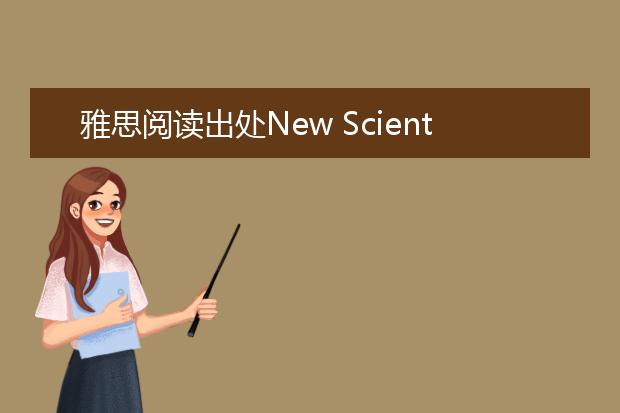 雅思阅读出处New Scientist之剑四Lost for Words
雅思阅读出处New Scientist之剑四Lost for Words
今天为各位雅思考生搜集整理了出处New Scientist之剑桥四Lost for Words双语阅
2021年12月11日 12:51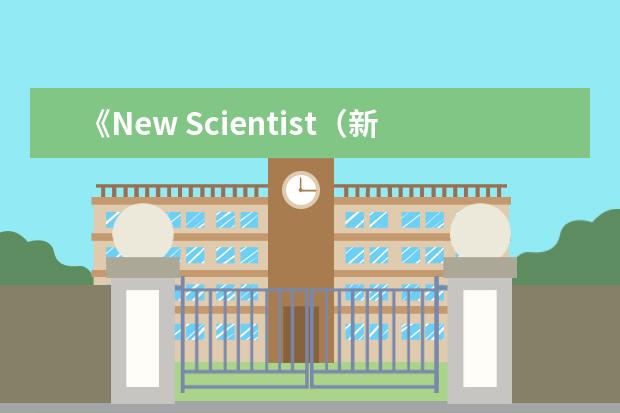 《New Scientist(新科学家)》:托福/雅思、英语四六级试题都“抄”它!! 请帮忙讲一下雅思阅读中的动词问题? 剑桥雅思5 test2中阅读24~27
《New Scientist(新科学家)》:托福/雅思、英语四六级试题都“抄”它!! 请帮忙讲一下雅思阅读中的动词问题? 剑桥雅思5 test2中阅读24~27
《NewScientist(新科学家)》:托福/雅思、英语四六级试题都“抄”它!!《新科学家》《新科
2023年11月06日 15:42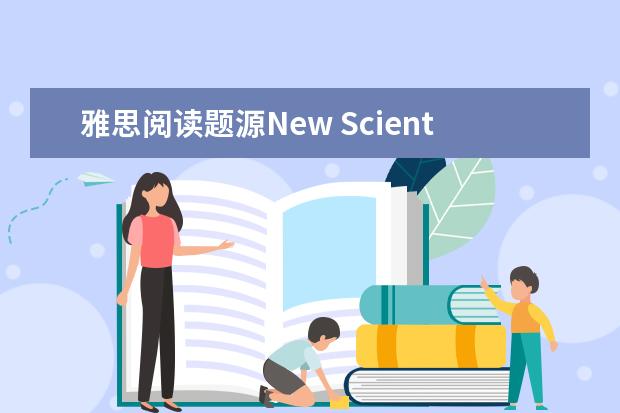 雅思阅读题源New Scientist的文章
雅思阅读题源New Scientist的文章
雅思考试主要是通过对考生听、说、读、写四个方面英语能力的考核,综合测评考生的英语沟通运用能力,实现“
2023年03月06日 16:35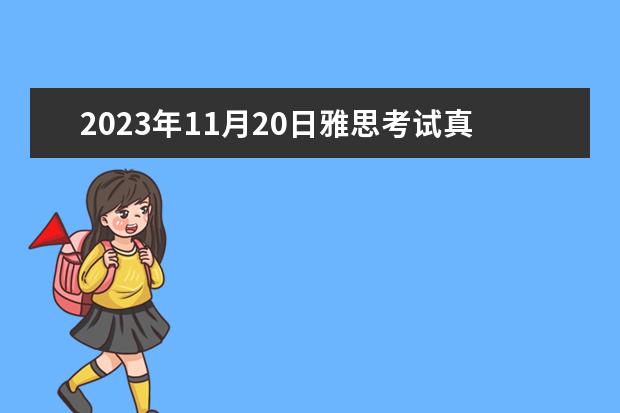 2023年11月20日雅思考试真题及答案 《New Scientist(新科学家)》:托福/雅思、英语四六级试题都“抄”它!! 2023年11月6日雅思考试真题
2023年11月20日雅思考试真题及答案 《New Scientist(新科学家)》:托福/雅思、英语四六级试题都“抄”它!! 2023年11月6日雅思考试真题
2023年11月20日雅思考试真题及答案您好,我是专注留学考试规划和留学咨询的小钟老师。在追寻留学梦
2023年11月05日 05:24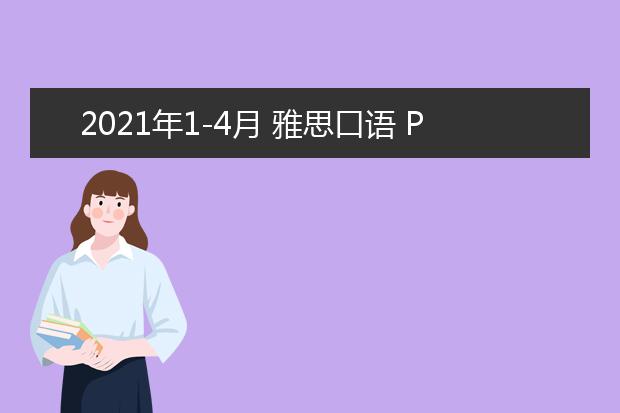 2021年1-4月 雅思口语 Part 1 Topic 22 新活动 New activities (new)
2021年1-4月 雅思口语 Part 1 Topic 22 新活动 New activities (new)
New activities (new) Do you like to try new activi
2021年11月11日 14:09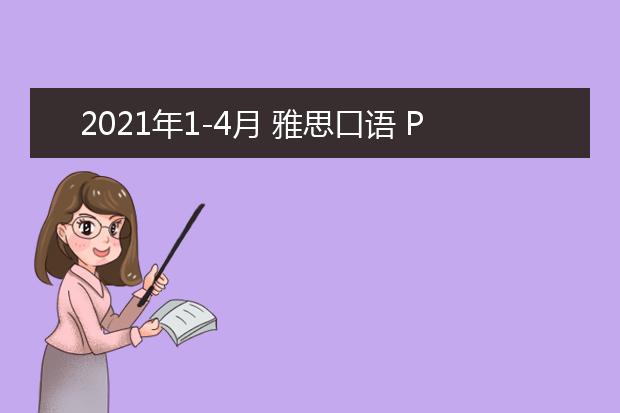 2021年1-4月 雅思口语 Part 1 Topic 17 新年 New Year(new)
2021年1-4月 雅思口语 Part 1 Topic 17 新年 New Year(new)
How do you celebrate New Year? During the Spring F
2021年11月11日 14:35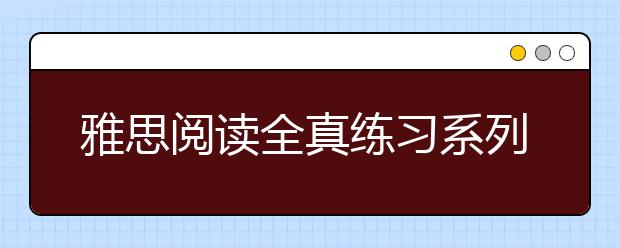 雅思阅读全真练习系列:new weapon to fight cancer
雅思阅读全真练习系列:new weapon to fight cancer
雅思阅读全真练习 本系列的模拟试题在难度、长度、题材、题型方面都与雅思考试近似的练习
2021年10月01日 12:54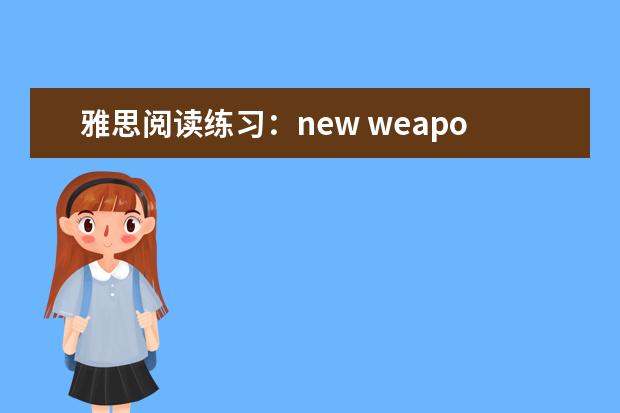 雅思阅读练习:new weapon to fight cancer
雅思阅读练习:new weapon to fight cancer
雅思考试主要是通过对考生听、说、读、写四个方面英语能力的考核,综合测评考生的英语沟通运用能力,实现“
2023年01月10日 09:57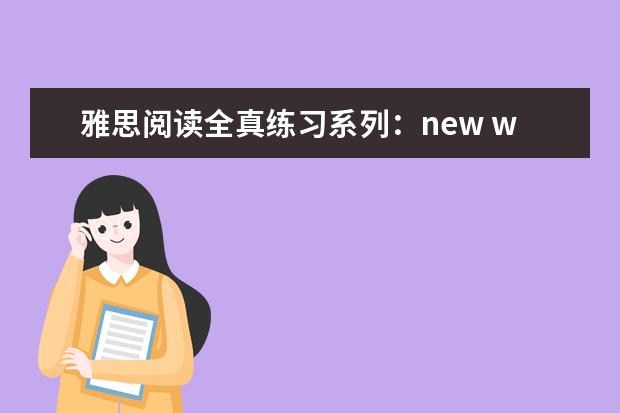 雅思阅读全真练习系列:new weapon to fight cancer
雅思阅读全真练习系列:new weapon to fight cancer
雅思考试主要是通过对考生听、说、读、写四个方面英语能力的考核,综合测评考生的英语沟通运用能力,实现“
2023年01月11日 02:15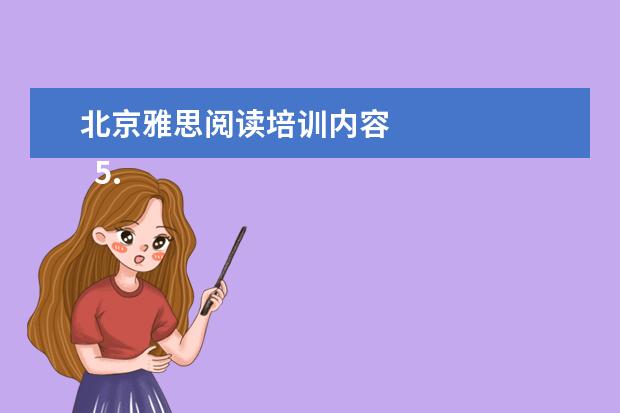 北京雅思阅读培训内容
5.《New Insight into IELTS》
北京雅思阅读培训内容
5.《New Insight into IELTS》
雅思考试主要是通过对考生听、说、读、写四个方面英语能力的考核,综合测评考生的英语沟通运用能力,实现“
2023年02月17日 05:25